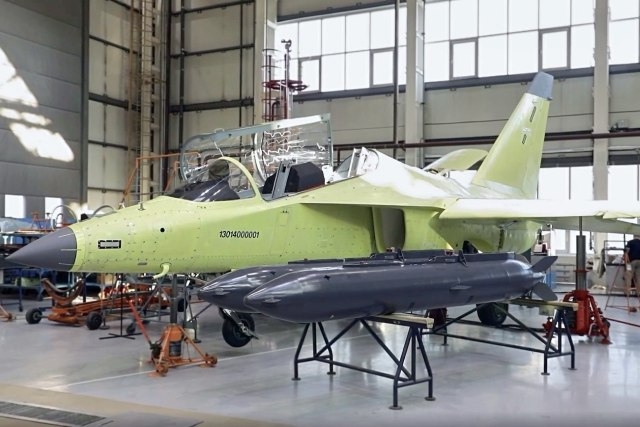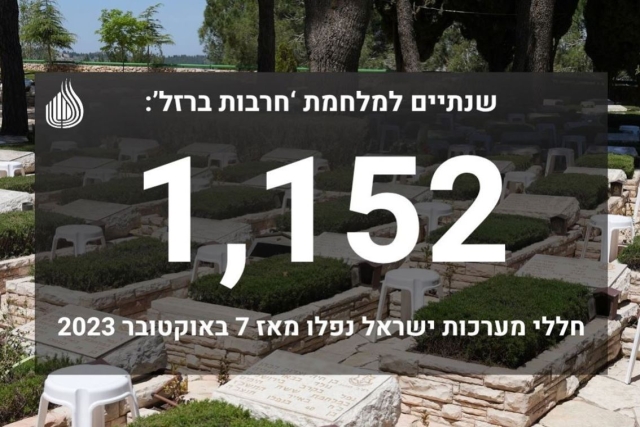Managing UAVs From The Ground
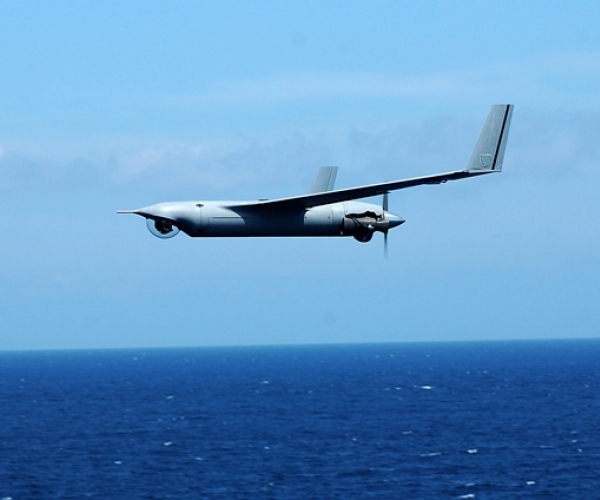
As the role of Unmanned Aerial Vehicles (UAVs) expands from traditional low-resolution reconnaissance to high-res video and infra-red besides precision-attack, so also is the need to guide and position the UAVs at the right place and at the right time by visualizing the operating environment in real time.
According to a survey conducted by Markets Research Media in January this year, the US military UAV market alone is projected to grow at 12% CAGR reaching $18.7 billion in 2018. Not only the military forces and the marines, the CIA too is expanding the agency’s UAV fleet, effectively transforming the intelligence agency into a paramilitary force.
The UAVs now have important tasks to fulfil. Sensor fusion, communication systems, motion planning or flight data, trajectory generation, task allocation and scheduling and cooperative tactics are some of the functions a UAV has to perform.
With these tasks at hand and continuously evolving software technology, robust control system software is necessary for controlling UAVs to help them perform better.
A predominant tactical military UAV is tasked for operations involving surveillance, reconnaissance and in combat roles and will require better ground control stations.
The major part of the operational requirement for the UAV Tactical Control System (TCS) is the software.
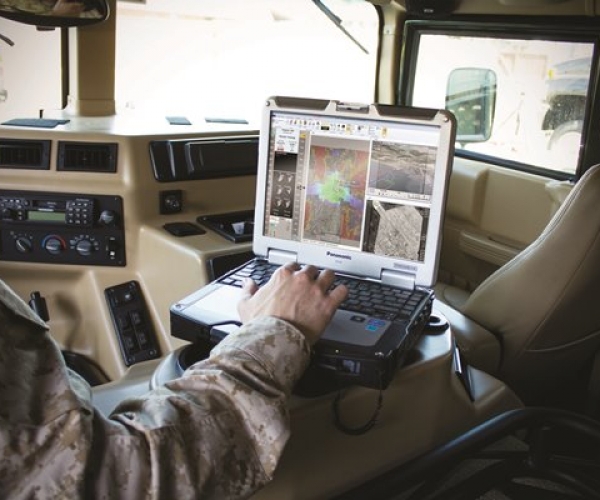
Insitu, a Washington based tech firm offers software that works on customizing command and control of UAVs and payloads using ‘plug-ins’.
The technology in question is the Common Open-mission Management Command and Control (ICOMC2) ground station which has a small-footprint system that operates from a laptop or soldier-worn device. ICOMC2 features an open-architecture design that users can customize with plug-ins and new applications.
The core integrates a fully supported Software Development Kit (SDK) that easily expands the system to fit the operational needs and system-specific requirements. The system can also scale up to effectively operate on large screens with several displays, providing larger audiences with an integrated picture of the area of operation.
According to Insitu, ICOMC2 can operate multiple unmanned vehicles from one workstation controlled by a single operator and Supports almost all known map data formats and RTSP and RTP video.
The Augmented Video Overlay System (AVOS) lets operators overlay video with terrain elevation, satellite data, target identification, border information, acoustic detectability and AIS data — all in a single picture.
ICOMC2 features an open-architecture design that users can customize with plug-ins and new applications. It offers net-centric technology that enables other services on the network to utilize system or payload data and allows operators to interact with services provided by other network-based applications outside of ICOMC2.
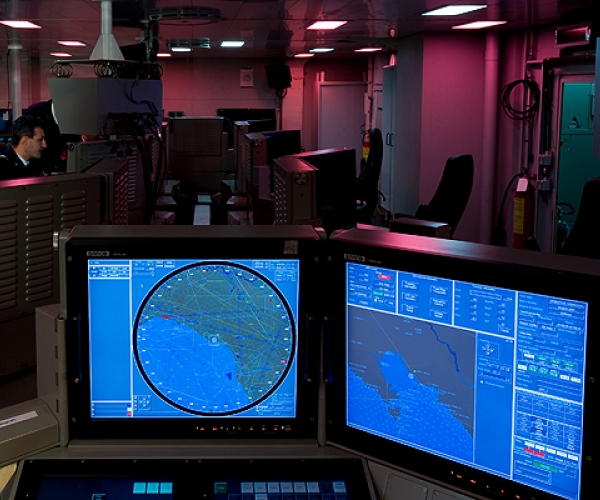
An interesting development in the world of UAV control systems is one by Piaggio Aero Industries of Italy. It offers autonomous engine control capability, normal and auto brake features, and ground handling control of the company's new Piaggio Aero P.1HH HammerHead, a multi-role unmanned aerial system (UAS).
The P.1HH HammerHead UAS mission management system (MMS), is designed to be modular and flexible to enable a wide selection of payloads to be integrated and aligned with customers' concept of operations (CONOPS). "The P.1HH mission management system allows the HammerHead to perform missions including surveillance, maritime patrol, environmental monitoring, and electronic warfare.
Selex ES provides the vehicle control and management system (VCMS), the remote-piloting ground control station (GCS), and the UAS datalink and communications systems. The P.1HH UAS is able to perform command and control and data exploitation for multiple UAVs, operations in line-of-sight (LOS) and beyond-line-of-sight (BLOS) conditions, and flexible asset usage for the pilots and ground crew.
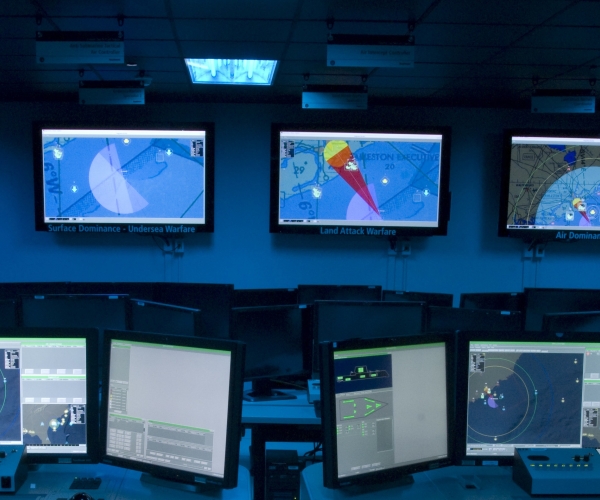
Raytheon is switching its UAV control system from Solaris to Linux for US military drones. It has designed a software (Tactical Control System) related hardware and extra ground support hardware necessary for the control of the Advanced Concept of Technology Demonstration Outrider Tactical UAV (TUAV), the RQ-1A Predator Medium Altitude Endurance (MAE) UAV and future tactical UAVs.
“The TCS will also provide connectivity to identified Command, Control, Communications, Computers, and Intelligence (C4I) systems. Although developed as a total package, the TCS will have the capability to be configured and down- scaled to meet the user's deployability or operator limitations,” Federation of American Scientists says on its website.
When the upgrade is completed in April 2016, the TUAV Tactical Control System will first see action in Northrop Grumman’s 41-foot long MQ-8C Fire Scout unmanned helicopter. The MQ-8C Fire Scout, which is itself a retrofitted Bell 407 commercial helicopter, is primarily used for reconnaissance, but can also be used for precision targeting support to assist other combat aircraft.


